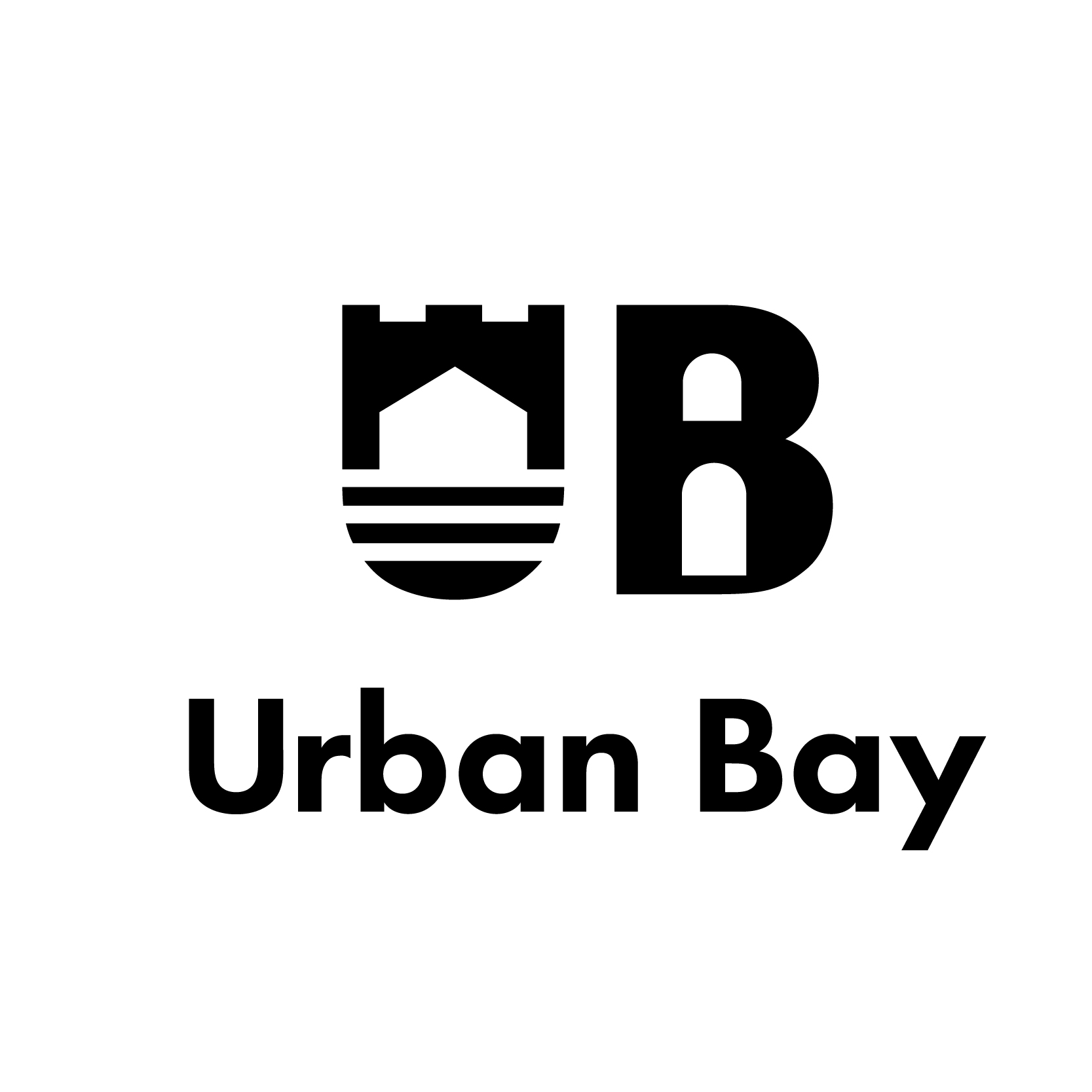The Archaeological Site of Philippi

Philippi – a UNESCO World Heritage site – is a major site that offers a great deal to visitors. Inhabited from the 4th century BC to the 14th century AD, Philippi has ruins of several different phases. Philippi comprises several fascinating elements as well as an on-site museum.
The site covers a large area – you’ll need comfortable shoes for navigating the stones of the ruins, and water to drink, as you’ll find a little respite from the sun. But the ruins are glorious, and the site is nearly completely open for you to wander through unhindered, past centuries of monuments side by side.

Originally – like Kavala – this site was settled as a colony by the people of Thassos in 359 BC and named “Krinides” (springs). Just three years later, it was taken over by Phillip II of Macedon, who renamed it after himself.
In addition to the nearby gold mines, Philippi was strategically important, controlling the route that connected Neapolis (today’s Kavala) with Amphipolis, a road later incorporated into the Roman Via Egnatia. Philippi was an important city for early Christianity. Philippi was inhabited until the 14th century.

When you enter the site, you’ll come to the theatre built by Phillip of Macedon. It’s still in fine condition, and even hosts the Philippi Festival held in July and August each year.
As you exit the theatre through an arch, a path brings you to the largest of the early Christian Basilicas. Some columns still stand, and you will easily be able to make out the floorplan of the church, a moving experience. The many remnants of beautiful architectural details will easily conjure the grandeur of the building.
Across from this is the large Roman Forum of the 2nd century AD. Beyond is the Octagon complex, built in the 4th century and dedicated to Saint Paul. This octagonal church – you can discern its shape from the ruins – is nearly unique in Greece.
Geometric decorative mosaics of different colours of marble survive under the sun, and the more intricate interior floor mosaics are protected under a rooftop.
Beyond the Octagon Complex are ruins of residential areas with workshops, stores, and baths. Next to the Roman Forum are the ruins of another basilica, near the 2nd century AD Roman market. The tall arched entrance and a wall of the nave of the 6th-century basilica survive, with beautiful architectural details intact.
A small museum – beyond the ruins of another basilica – holds magnificent findings from the site, including figures from the pediment of a temple in the Roman forum, attesting to the former splendour of the city.
Info: The Philippi Archaeological Site is 18 km north of Kavala, approximately a half an hour by car along a lovely country road. The site is open 7 days a week. Summer 8:00 – 20:00, Winter 8:00 – 15:00. Admission is €6, €3 reduced. The site closes on some holidays. Call (+30) 2510 516251 for more detailed information.
Lydia Baptistery

Another significant site for learning about the early Christian heritage of the region of Kavala is the Baptistery of Lydia. When Saint Paul came to Kavala, he spoke to the Jews who gathered by the banks of the river Zygaktis.
Among these was Lydia, a merchant of fabric dyes, who became Europe’s first Christian when Saint Paul baptised her in the river’s waters. The current church was built in 1974. The church is octagonal, with steps descending to a central baptismal font. This is a popular place for devout Christian visitors.
Info: The Baptistry is located directly next to the Philippi Archaeological Site.
Krinides Mud baths

After a day of sightseeing, there is nothing like a mud bath to relax and cool off. The Krinides mud baths – just 5 minutes from Philippi – are actually deep pools of therapeutic clay.

Men and women enjoy the clay baths separately, divided by a tall wall. After a massaging shower of therapeutic water, you immerse yourself in the bath of clay. It’s very sociable, and people will love to share their stories of success with the clay, which has impressive healing properties.
After 20 minutes or so, you scrape off most of the clay, leaving a thin layer to dry in the sun, like a mask for the skin all over the body. Then, you wash off the clay with another shower of therapeutic water. Your skin will feel wonderful.

Afterward, you can visit one of the two physical therapists who give excellent massages or reflexology treatments or soak in the 15th-century therapeutic bath. Then you can follow this with a meal- the on-site restaurant, run with pride by Ms. Mboumbou, specialises in excellent home-style meals with fresh local ingredients.
Info: Krinides Mud Baths are 17 km from Kavala and 3 kilometres from the village of Krinides. They are very close to the Archaeological Site of Philippi. The baths operate from June 1 through October 15th, from 8:00 – 17:00 daily. (+30) 2510 831 388



